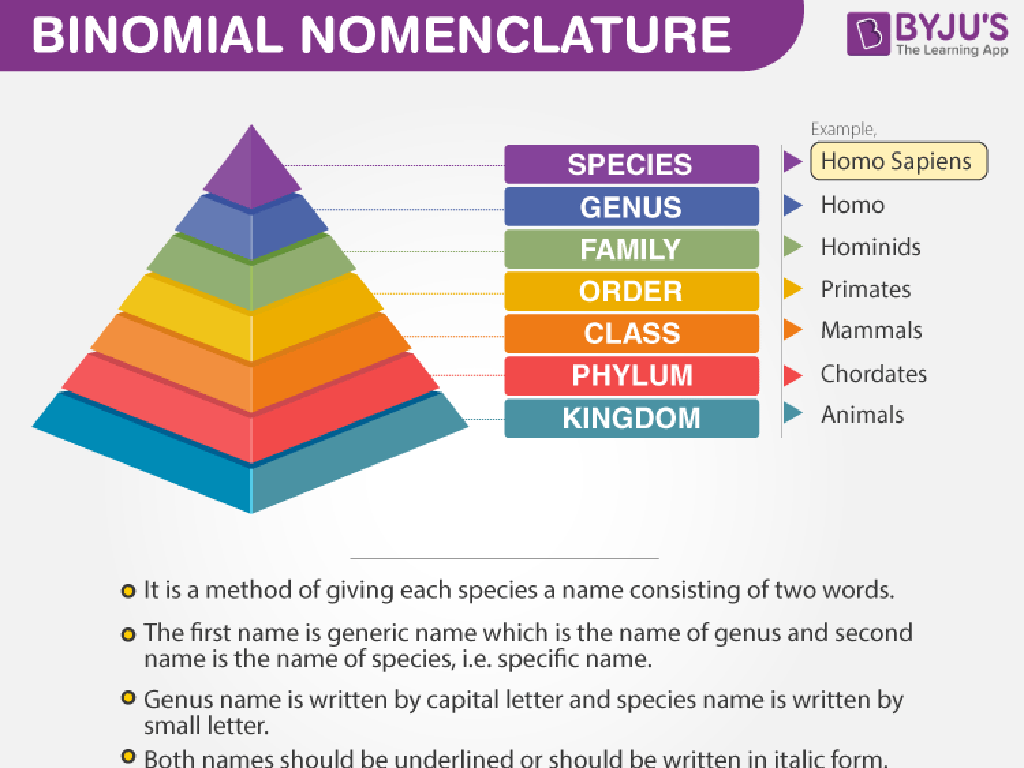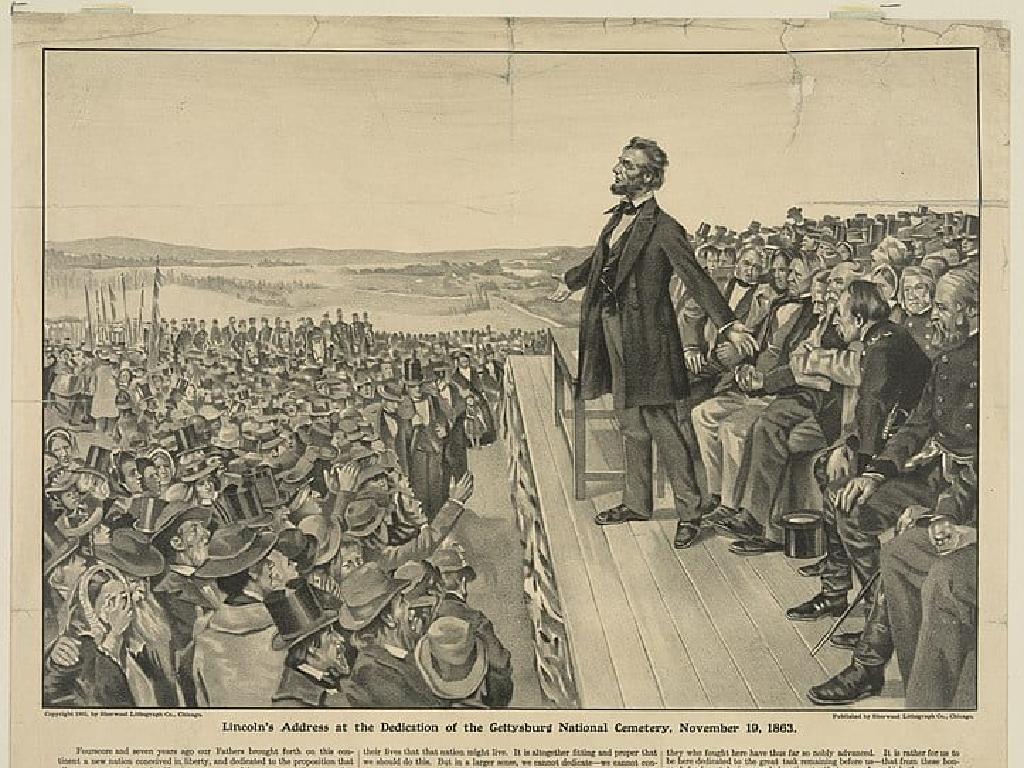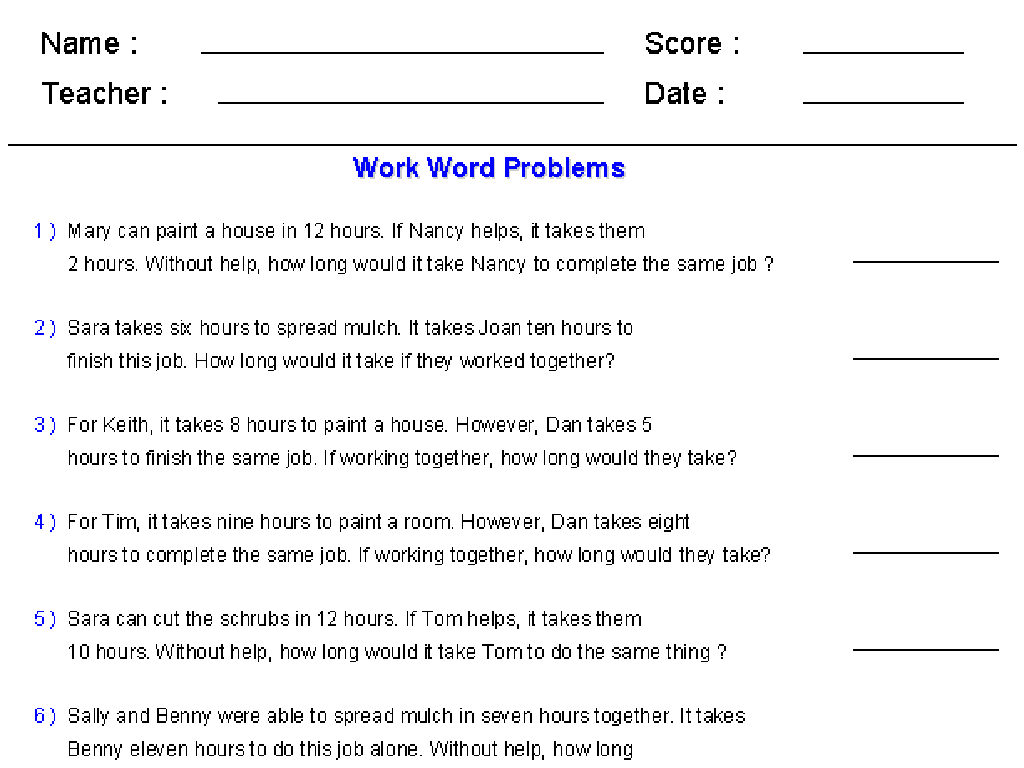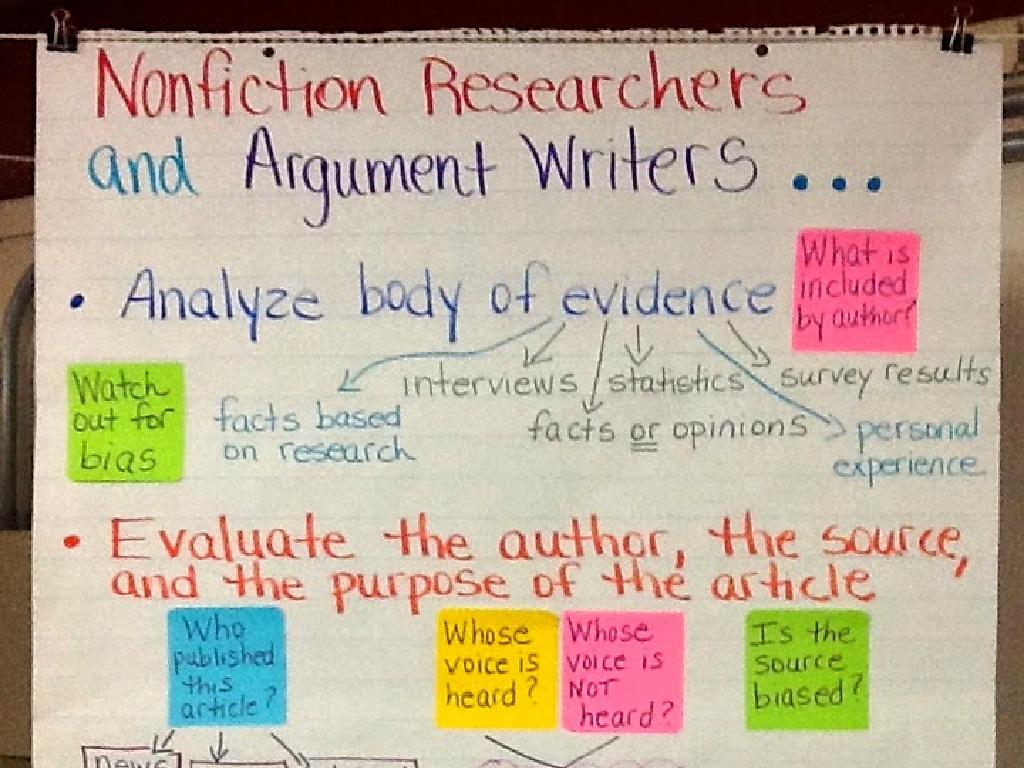Maps With Fractional Distances
Subject: Math
Grade: Seventh grade
Topic: Operations With Fractions
Please LOG IN to download the presentation. Access is available to registered users only.
View More Content
Navigating Fractions on Maps
– Daily life applications of fractions
– Fractions are used in cooking, time management, and budgeting.
– Maps and fractional distances
– Maps scale down real distances into fractional representations.
– Real-world fraction applications
– Fractions help in planning trips and understanding geography.
– Practice with map fractions
|
This slide introduces students to the concept of fractions beyond the classroom, emphasizing their practicality in everyday situations such as cooking and budgeting. It then focuses on how maps use fractions to represent real-world distances in a scaled-down, manageable format. Students will see the importance of understanding fractions to interpret maps correctly, which is crucial for activities like trip planning and navigation. Encourage students to bring in examples of maps, and as a class activity, have them calculate distances using the map’s scale. This will help solidify their understanding of fractions in a tangible and engaging way.
Recap: Operations with Fractions
– Review of fraction operations
– Adding, subtracting, multiplying, and dividing fractions.
– Examples for each operation
– For instance, 1/2 + 1/4 = 3/4, 3/5 – 2/5 = 1/5, 4/7 * 2/3 = 8/21, and 9/16 ÷ 3/4 = 3/4.
– Applying operations to maps
– Calculate distances like 3/4 mile north and 1/2 mile east.
– Significance of fraction skills
|
This slide aims to quickly review the basic operations with fractions, which are essential for understanding more complex mathematical concepts. Start by revisiting the methods for adding, subtracting, multiplying, and dividing fractions. Provide clear examples for each operation to reinforce the procedures. Emphasize the application of these operations in real-life scenarios, such as calculating distances on maps, which often involve fractional measurements. Understanding these operations is crucial for students as they encounter various mathematical challenges in academics and everyday life. Encourage students to practice these skills with additional problems to gain proficiency.
Reading Maps with Fractional Distances
– Understanding map scales with fractions
– Map scales show the ratio of map distance to actual distance, like 1/4 inch = 1 mile.
– Converting map to real-world distances
– To find the real distance, multiply the map distance by the scale factor.
– Practice: Measuring and converting distances
– Use a ruler to measure map distance, then apply the scale to find the actual distance.
|
This slide introduces students to the concept of map scales and how to work with fractional distances. Emphasize the importance of understanding the scale to accurately convert distances from the map to real-world measurements. Provide a step-by-step guide on how to measure distances on a map using a ruler and then how to apply the scale to find the actual distance. For the practice problem, encourage students to find a map, measure a specific distance, and then use the given scale to convert that distance. This will help solidify their understanding of the relationship between map scales and actual distances.
Calculating Distances Using Fractions
– Add/subtract fractional distances
– Combine fractions to find total distance on a map, e.g., 1/4 mile + 3/8 mile
– Determine total trip distance
– Add all stops to find overall trip length, e.g., home to park to school
– Class example: Home to school
– Use a map scale to calculate the distance from your home to school in fractions
– Understanding fractional increments
|
This slide aims to teach students how to apply their knowledge of operations with fractions to real-world scenarios, such as map reading. Start by explaining how to add and subtract fractions representing distances between points on a map. Emphasize the importance of finding a common denominator for accurate calculations. Then, guide students through an example of calculating the total distance of a trip with multiple stops, reinforcing the concept of summing fractional distances. For the class activity, provide a map with a scale and ask students to calculate the distance from their home to school using fractional distances. This will help them understand how fractions are used in everyday life and improve their map-reading skills. Encourage students to ask questions and work through the example as a class.
Scaling Distances: Understanding Map Scales
– Multiplying fractional distances
– Scale up by multiplying the map distance by the scale factor.
– Dividing fractional distances
– Scale down by dividing the actual distance by the scale factor.
– Comprehending map scales
– Map scales show the ratio of a distance on the map to the actual distance.
– Activity: Map scaling practice
– Use the map scale to convert map distances to real-world distances.
|
This slide introduces the concept of scaling distances on maps using multiplication and division of fractions. Students will learn how to apply map scales to determine actual distances. The activity will involve using a given map scale to calculate real-world distances from map measurements. For the activity, provide students with different maps and scale factors, and ask them to calculate the actual distances between various points. This will help them understand the practical application of fractions in real life. Encourage students to discuss their methods and results with the class to reinforce their understanding.
Class Activity: Fractional Road Trip Planning
– Plan a road trip using fractions
– Calculate total and detour distances
– Include fractions for partial miles/kilometers
– Present your trip and distances
– Use maps and fraction operations
– Apply addition and subtraction of fractions
|
This activity is designed to apply students’ knowledge of fractions to a real-world scenario: planning a road trip. Students will use maps to determine distances between locations, ensuring they include any detours they wish to take. They must calculate the total distance traveled, converting any measurements into fractional distances where necessary. Encourage creativity in their trip planning and ensure they practice adding and subtracting fractions to find total distances. Each student will present their planned trip and explain their calculations. For the teacher: prepare different maps with scales that include fractional distances, provide examples of how to add and subtract fractions, and have a list of questions ready to help students if they get stuck during their calculations.
Wrapping Up: Maps & Fractions
– Recap: Maps with fractional distances
– Real-world relevance of fractions
– Fractions help measure partial distances accurately
– Homework: Map distance calculation
– Use a real map to find distances between two points
– Be ready to discuss your findings
– Share how you calculated the distances in class
|
As we conclude today’s lesson, remind students of the key concepts covered regarding the use of fractions in map distances. Emphasize the importance of understanding fractions to interpret real-world scenarios, such as reading maps and calculating distances. For homework, students should find a map and practice calculating the distance between two places using fractional distances. This will reinforce their learning and prepare them for practical applications. In the next class, students will share their methods and results, fostering a collaborative learning environment where they can learn from each other’s approaches.






